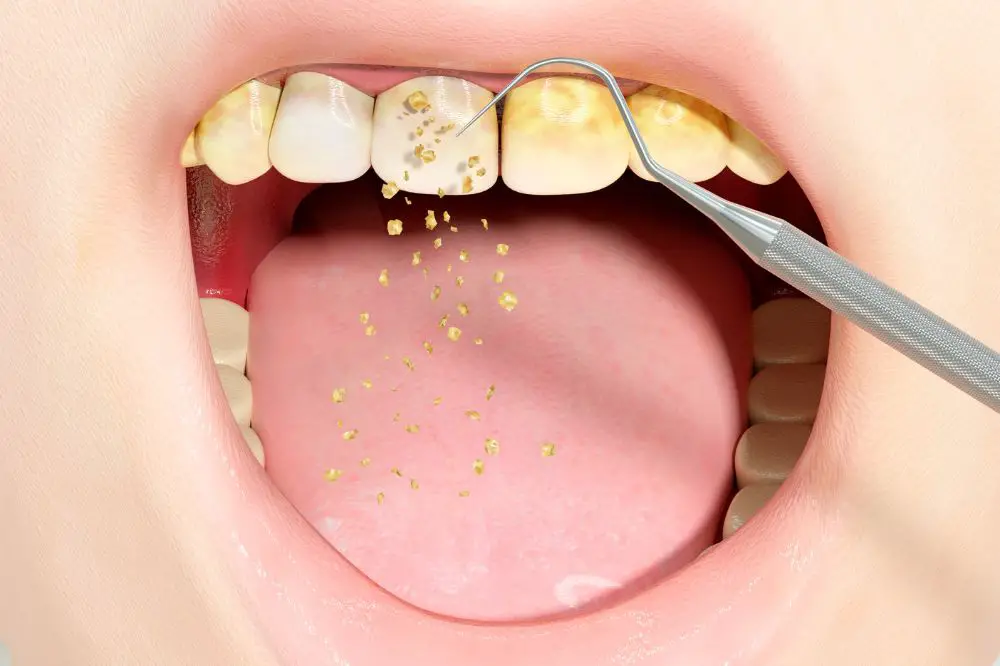Dental cleaning is an essential part of looking after your teeth and maintaining your overall oral health, but we all live hectic lives, and you might be struggling to find the time to fit in an appointment.
As a result, you may be wondering about the duration of such a procedure – and to give you the answer, in this post, we discuss the question, how long do dental cleanings take?
How Long Do Dental Cleanings Take? The short answer
Before we look at this question in more depth, we can start with a short answer.
How long do dental cleanings last? If your teeth and gums are clean and healthy, a dental cleaning should take no longer than around half an hour.
On the other hand, if your teeth and gums are not in such a good state – and you haven’t had a dental cleaning for some time – the job can take a lot longer, up to an hour.
However, there are lots of factors that can affect how long it takes to complete the process, so now let’s jump in and look at the details.
If you want a preview of some of the topics we’re going to discuss, you can also check out this video featuring a professional dental hygienist before reading on.
What is dental cleaning do we need it?
Let’s start at the beginning – what is dental cleaning?
Dental cleaning is a procedure usually carried out by a dental hygienist to remove plaque and tartar from your teeth to restore your teeth to their best while also improving your dental hygiene and overall oral health.
We need to do this because a build-up of plaque and tartar can lead to gum disease and in the worst cases, eventually tooth loss.
While plaque can be removed from our teeth through regular brushing and daily flossing, tartar is a hard deposit on our teeth that we can’t remove ourselves, which is why we need to undergo dental cleaning to get rid of it.
Furthermore, dental cleaning can also help remove stains on our teeth caused by things like wine, coffee and tobacco, so as well as the benefits to our oral hygiene, it can also help keep our smile looking at its best.
What happens during a dental cleaning?
When you go for a dental cleaning, there are several distinct stages, so let’s break it down now.
1. Tooth and gum examination

The first part of your dental cleaning involves an evaluation, usually carried out by the hygienist.
They will check your teeth and gums to identify any problems such as inflamed gums, plaque or tartar build-ups and stains on your teeth. This examination will tell the hygienist which areas need particular attention and what the cleaning phase is likely to entail.
The hygienist will also look out for any potential issues such as cavities that need filling, gum disease or any other serious problems that the dentist needs to know about.
2. Scaling

After carrying out the examination, the hygienist will then move to scaling, the first part of the cleaning phase.
This will involve scraping out plaque and tartar deposits from the surface of your teeth, from between your teeth and from the gumline with a small, hooked instrument.
Depending on the practice and the type of equipment that’s available, an ultrasonic device may be used instead.
These rely on vibrations and jets of water to remove the tartar instead of physical scraping, and most people find them more comfortable.
They are also usually more effective than just scraping, but this kind of equipment can be expensive, so your hygienist might not have access to one.
Removing tartar will also help remove many of the stains from your teeth since tartar can easily absorb stains from things like coffee and wine.
3. Polishing

The second part of the cleaning phase is polishing. This involves polishing your teeth with an electric polishing tool and some gritty toothpaste.
This will help restore your teeth to their natural color and will also remove any staining that remains.
However, as well as being purely aesthetic, the polishing part will also help make sure any lingering plaque residues are removed from your teeth.
4. Fluoride treatment and flossing

Sometimes, your hygienist may also recommend a fluoride treatment designed to strengthen your teeth and make them more resistant to damage and decay.
This treatment only takes a minute or two and is usually done by placing a mouthpiece containing fluoride gel over your teeth.
The whole procedure will then finish with a quick floss and a rinse of your mouth.
What can make a dental cleaning take longer?
If your teeth are in good condition and the build-up of tartar is minimal, the whole procedure shouldn’t take too long – only around half an hour on average.
However, if you have significant build-ups of tartar on your teeth – often because you haven’t been for a dental cleaning for a long time – the process will take longer.
This is mostly because it takes much longer to remove larger, more encrusted tartar build-ups than if the build-up is light and relatively superficial.
If you have a particularly heavy tartar build-up, the hygienist will need to spend extra time scraping it all off to make sure your teeth are clean and healthy.
How can you reduce the amount of time dental cleaning takes?
The best way to reduce the time you need to spend in the dentist’s chair for your dental cleaning appointment is to make sure your teeth remain in good condition and that you have good oral health and hygiene.
This means brushing properly as indicated by your dentist and hygienist, and it means flossing properly too. Flossing will help you remove build-ups of plaque before it has chance to solidify and turn into tartar, something that is much more difficult and time-consuming to remove.
As well as practicing good dental hygiene yourself, you should also make an appointment for a dental cleaning every six months. This way, your hygienist will help keep your teeth in good condition, reducing the amount of work required each time.
If, on the other hand, you only go for a dental cleaning once every few years, the amount of tartar build-up will be much heavier, and it will require a much more significant amount of work to remove.
You can also reduce the amount of time you spend in the dental practice by filling in all the necessary forms and paperwork in advance.
You can also help by preparing a list of any medication you are taking, any medical conditions you are suffering from and any recent visits to the hospital you’ve had and hand it to the hygienist when you arrive for your appointment.
FAQs
What are plaque and tartar?
A large part of dental cleaning is concerned with removing plaque and tartar, but what are they exactly?
Plaque is a combination of food particles, bacteria and saliva in your mouth that creates a clear sticky film that coats your teeth – and one of the main reasons we need to brush our teeth regularly is to remove plaque.
However, if plaque is not cleaned from your teeth, within just 24 to 72 hours, it can begin to combine with minerals that are also present in your saliva, and the result is a solid deposit on your teeth called tartar.
Since tartar is hard, you can’t remove it by yourself, so you’ll need your hygienist to do it.
Tartar absorbs stains from things like coffee, wine and tobacco, so it can make your teeth look dirty and discolored.
At the same time, it can harbor more bacteria while also building up around the gums, irritating and inflaming them and eventually leading to gum disease.
The bacteria in your gums can then also release acids that attack your teeth, gums and bone structure, and this can lead to tooth loss.
How often do we need dental cleaning?
The best advice is to make an appointment for dental cleaning every six months to allow your hygienist to make sure your teeth are clean and that you are free of any potential problems such as gum disease or cavities.
Going for a dental cleaning twice a year will also remove the amount of time you have to spend there each time.
Is there anything else that can affect the amount of time dental cleaning takes?
Other factors outside of the condition of your teeth that can affect how long it takes to complete a dental cleaning can include the experience of the hygienist and the availability of the most modern equipment.
An experienced hygienist will be able to work faster than a relatively new one, and if the hygienist has access to the most modern tools like an ultrasonic scaler, the descaling process will be quicker than if they can only use a manual scaling tool.
Not a long procedure if you take care of your teeth
So as we’ve seen, dental cleaning is an essential procedure, and as long as you have it done regularly – around twice a year – and you do your best to keep your teeth in optimal condition, it’s a procedure that shouldn’t take long to have done.
However, if leave it too long between each appointment for a dental cleaning, you’re likely to find yourself sitting in the dentist’s chair for a whole lot longer.







